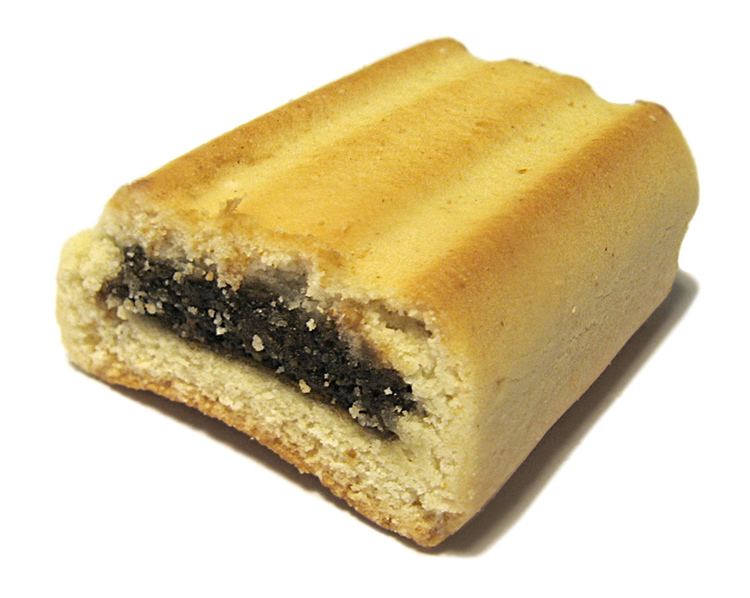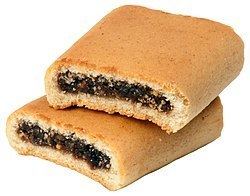Place of origin Ancient Egypt | Main ingredients Fig paste Main ingredient Fig | |
 | ||
Similar Lady's navel, Eggplant papucaki, Rich tea, Buğu kebabı, Glasswort salad | ||
Pumpkin butter roll cookies inspired from fig rolls aka fig newtons vegan recipe
The fig roll or fig bar is a sweet roll filled with fig paste that dates back to ancient Egypt, where it is still eaten today.
Contents
- Pumpkin butter roll cookies inspired from fig rolls aka fig newtons vegan recipe
- Kaju anjeer roll cashew fig rolls or kaju anjeer burfy festival special sweet recipe
- History
- Mass production
- References

The modern fig roll and its mass popularity can be traced to the development of industrial production by American Charles Roser in 1892, now marketed by Nabisco as the Fig Newton.

Kaju anjeer roll cashew fig rolls or kaju anjeer burfy festival special sweet recipe
History

Figs are a popular snack food in most of the world. Originating in northern Asia Minor, traded by the sailors and explorers of developing countries, they became popular in the Southern and hence hotter parts of the Mediterranean.

As baking developed, the ability to increase the duration and storage of foods stuffs allowed longer distances to be travelled. It was thus probably the Ancient Egyptians who invented the fig roll, it simply being preserved figs in a flour-based pastry covering, which is hand rolled.
Figs were highly traded and fought over during the development of the great trade routes during the 15th to 17th centuries. Christopher Columbus devoted a complete page to what a wonderful time it would be when he would be able to gorge himself on figs in the orient, while Marco Polo described women in association with the beauty of figs. It was also during this period that figs reached America, when the Spanish reached the island of Hispaniola in 1520.
Mass production
Until the late 19th century, many physicians believed that most illnesses were related to digestion problems, and therefore recommended a daily intake of biscuits and fruit. Although an ideal solution for this problem, until this time fig rolls were still a locally made and hand-produced product.
The mass production of the fig roll was created in 1891 by Philadelphia baker and fig lover Charles Roser, who, in 1892, was awarded a patent for a machine which inserted fig creme into a cake-like dough: classical fig rolls are encased in a more pastry-like covering, creating a chewy experience. Naming his product “Newtons” after the local town of Newton, Massachusetts, he approached the Cambridgeport, Massachusetts based Kennedy Biscuit Company, who agreed to take on production and sales.
Kennedy Biscuit Company had recently become associated with the New York Biscuit Company, and after merger to form Nabisco, trade marked the product as the Fig Newton.
Now a trademarked product of Nabisco, the unusual shape of Fig Newtons is a characteristic that has been adopted by many competitors, such as the generic fig bars sold by most supermarkets, and Newman's Own Fig Newmans (an organic variety).
In the UK Fig Rolls are produced by at least two different companies: McVities owned by United Biscuits and Jacob's owned by Valeo Foods. Supermarkets, including: Asda; Morrisons; Sainsbury's and Tesco (collectively known as 'the big four'), sell their own label versions for less than half the price of the branded products.
The Britannia Industries in India produces Fig Rolls.
